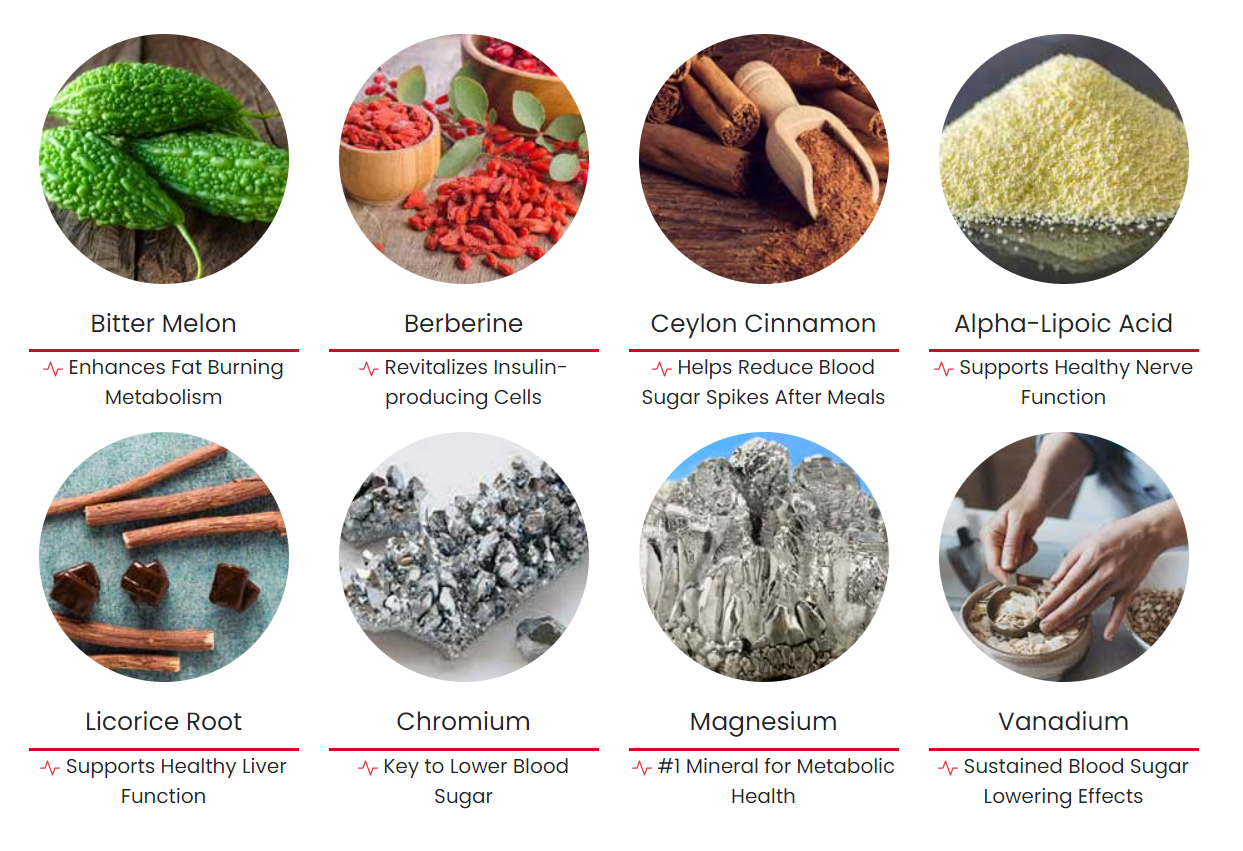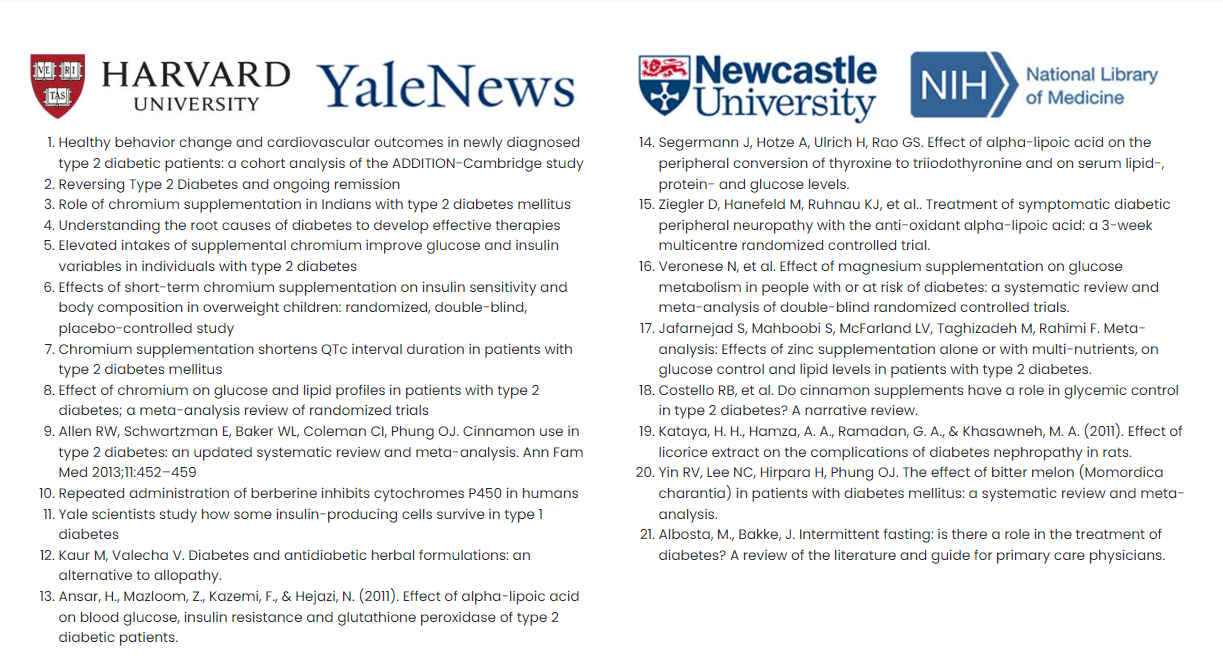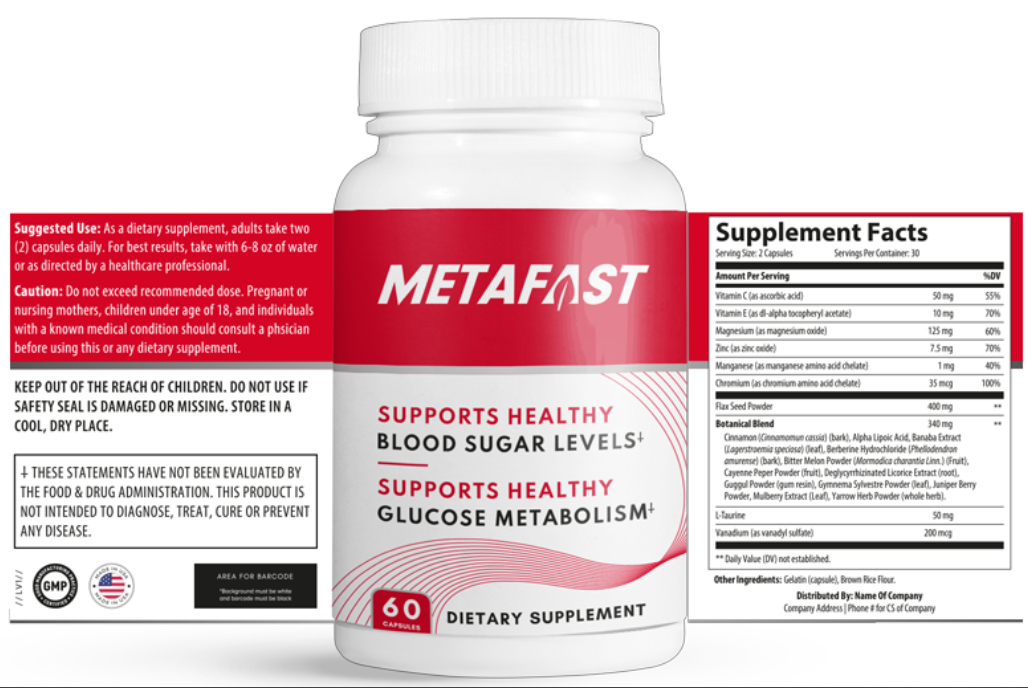Content Summary
Diabetes is a serious condition that affects millions of people around the world. While there is still much unknown about diabetes, it is often believed that people contract diabetes through excessive consumption of sugars. However, this misconception is inaccurate.
It is not only sugar that contributes to the onset of diabetes, but carbohydrates as well. One way on how to prevent diabetes or maintain healthy blood sugar levels is becoming aware of the Glycemic Index and its role in our diets.
What Exactly Is the Glycemic Index?
The Glycemic Index (GI) was developed in 1981 by David Jenkins at the University of Toronto in order to rate which carbohydrates are more difficult to eliminate glucose from your blood. This index measures how quickly food enters your bloodstream after you consume it, with a higher number indicating quicker absorption as well as a higher risk for developing diabetes and other health issues related to high blood sugar levels.
This number ranges from 0-100, with foods like white bread and potatoes receiving a score of 70 and above while lower GI foods like apples, oranges, and oatmeal scoring below 55. Eating low GI foods helps slow down how quickly glucose enters your bloodstream since they are absorbed slower than their high GI counterparts.
Benefits Of Low GI Foods
Low GI foods have many benefits for people looking to maintain healthy blood sugar levels or even prevent themselves from getting diabetes in the first place. Not only can eating low GI foods help reduce your risk for type 2 diabetes, but eating these types of food can also help you lose weight!
In addition to providing energy throughout the day and reducing hunger cravings, low GI diets also improve cholesterol levels as well as reduce heart disease risks because fewer simple sugars are being consumed when following this type of diet plan
How To Change Your Diet To Include Low GI Foods
When asking yourself how to prevent diabetes or maintain healthy blood sugar levels, focus your attention on three primary elements: weight loss (or maintenance), exercise, and diet modification. In many cases, simply changing lifestyle habits such as reducing stress levels or increasing physical activity can help someone avoid getting this potentially life threatening disease.
When it comes to diet changes though, focus on including more low GI foods into your everyday meals such as fruits and vegetables with minimal processing or added ingredients like sweeteners or salt; whole grains instead of processed grains; legumes such as beans; nuts; olives; dairy items such as yogurt; fish instead of red meats; eggs; chicken without skin; olive oil; some red wines; green tea; and dark chocolate (in moderation).
Include Supplements in Your Diet for Optimal Results:
#1 Metafast The Best Way To Maintain Healthy Blood Sugar Developed by Laura Floren; Watch This Short Video to Understand Type 2 Diabetes>>>
What is Metafast?

Why Metafast?




Conclusion:
The Glycemic Index can be an incredibly helpful tool when looking for ways on how to prevent diabetes or maintaining healthy blood sugar levels in general. By understanding which carbohydrates are easier for our bodies to absorb versus those that take longer for us to digest allows us greater control over our own personal health outcomes - something we should all strive towards!
It may seem intimidating at first but once you understand what types of food fall into each category along with its various benefits - you will be able to modify your diet accordingly so you can reach your optimal health goals!
Not only will eating low GI foods help reduce your risk for type 2 diabetes but it will also provide other health benefits such as aiding weight loss/maintenance efforts while improving cholesterol levels – all without sacrificing flavor! So don’t wait any longer – start incorporating more low glycemic index options into your daily meal plans today!
Thank You for Reading!
Be Healthy & Happy!
Please note that all products listed in this article are carefully selected and reviewed. When you buy through the links of this page we will earn a small commission, which does not affect your price. Here is how it works.
Thank you!








